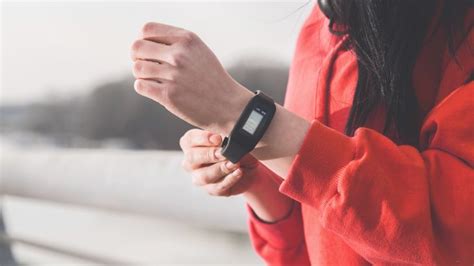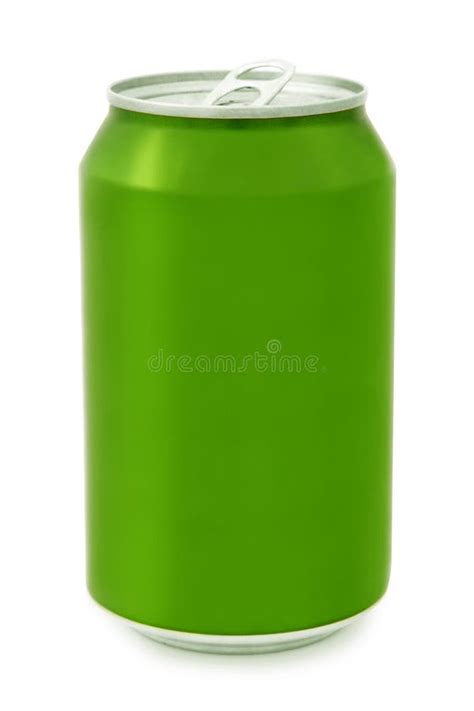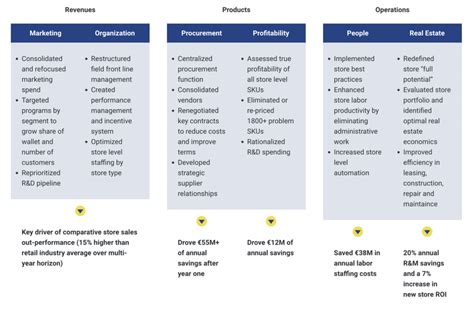What recovery tech boosts muscle repair for peak daily performance?

The Critical Role of Recovery in Peak Performance
In today’s demanding world, where both athletic pursuits and daily life require sustained energy and focus, the concept of recovery has moved from an afterthought to a cornerstone of peak performance. It’s no longer just about resting; it’s about actively facilitating the body’s repair processes. Muscle repair, in particular, is vital for reducing soreness, preventing injury, and ensuring you’re ready to perform at your best day after day.
Fortunately, advancements in technology have introduced a range of innovative tools designed to accelerate muscle repair and enhance overall well-being. These ‘recovery tech’ gadgets leverage scientific principles to optimize physiological processes, helping you bounce back faster and stronger.

Compression Therapy: Beyond Basic Support
Dynamic compression therapy devices, such as pneumatic compression boots (e.g., NormaTec, Hyperice), have become staples in athletic recovery. These systems use sequential inflation and deflation cycles to massage the limbs, effectively mimicking the natural muscle pump of the body.
The primary benefits include enhanced blood flow, reduced lactic acid buildup, and accelerated lymphatic drainage. By pushing metabolic waste products out of the muscles and bringing fresh, oxygenated blood in, these devices significantly reduce muscle soreness and swelling, paving the way for faster repair.
Percussive Therapy: Targeted Deep Tissue Relief
Massage guns, like Theragun and Hypervolt, utilize percussive therapy to deliver rapid, short-amplitude pulses deep into the muscle tissue. This localized treatment helps to increase blood flow, release muscle knots, and break up scar tissue adhesions.
Regular use of percussive devices can improve muscle elasticity, increase range of motion, and dramatically reduce post-exercise muscle soreness (DOMS). They are excellent for both pre-activity warm-up and post-activity recovery, ensuring muscles are pliable and ready to repair.

Red Light Therapy (Photobiomodulation): Cellular Regeneration
Red light therapy (RLT), or photobiomodulation, involves exposing the body to specific wavelengths of red and near-infrared light. These wavelengths penetrate the skin and are absorbed by mitochondria within cells, stimulating increased ATP (cellular energy) production.
This boost in cellular energy accelerates cellular repair and regeneration, reduces inflammation, and promotes collagen synthesis. For muscle recovery, RLT aids in reducing oxidative stress, speeding up tissue repair, and diminishing pain, making it a powerful tool for holistic recovery.
Electro Muscle Stimulation (EMS) and TENS: Active Recovery and Pain Relief
Electro Muscle Stimulation (EMS) devices send electrical impulses to contract muscles, mimicking the body’s natural signals. While also used for strength training, EMS in a recovery setting can promote active recovery by increasing blood circulation and flushing out toxins without putting mechanical stress on fatigued muscles.
Transcutaneous Electrical Nerve Stimulation (TENS) units, on the other hand, primarily focus on pain relief by blocking pain signals. Both can be valuable components of a recovery regimen, with EMS aiding muscle repair through improved circulation and TENS managing discomfort during the repair process.

Cold/Heat Therapy Devices: Ancient Wisdom Meets Modern Tech
While traditional ice baths and heat packs have long been used, modern recovery tech offers more sophisticated cold and heat therapy options. Localized cryotherapy devices or full-body cryochambers expose the body to extremely cold temperatures, triggering anti-inflammatory responses and reducing swelling.
Conversely, targeted heat therapy devices can increase blood flow to specific areas, promoting relaxation and nutrient delivery. The controlled application of both hot and cold can effectively manage pain, reduce inflammation, and prepare muscles for optimal repair.
Wearable Biometric Trackers: Data-Driven Recovery
Wearable devices, such as smartwatches and rings (e.g., Oura Ring, Whoop), provide invaluable insights into your body’s recovery state. They track key metrics like heart rate variability (HRV), sleep quality, resting heart rate, and training load.
By understanding these personalized data points, individuals can make informed decisions about their training intensity, rest periods, and overall lifestyle, optimizing their recovery strategies to prevent overtraining and ensure muscle repair aligns with their daily performance demands.

Integrating Recovery Tech for Optimal Results
No single piece of recovery tech is a magic bullet. The most effective approach involves integrating several modalities tailored to individual needs and training demands. For instance, combining percussive therapy for targeted release, compression boots for systemic circulation, and red light therapy for cellular regeneration can create a synergistic effect.
Consistency is key. Incorporating these technologies regularly, alongside foundational recovery practices like adequate sleep, nutrition, and hydration, will yield the best results for muscle repair and sustained peak daily performance. It’s about building a proactive recovery routine, not just reacting to soreness.

The Future of Peak Performance and Well-being
As technology continues to evolve, we can expect even more sophisticated and personalized recovery solutions. These innovations are not just for elite athletes; they are becoming accessible tools for anyone looking to optimize their physical health, accelerate muscle repair, and enhance their daily capacity for performance and well-being. Investing in smart recovery tech is investing in a more resilient, higher-performing you.








